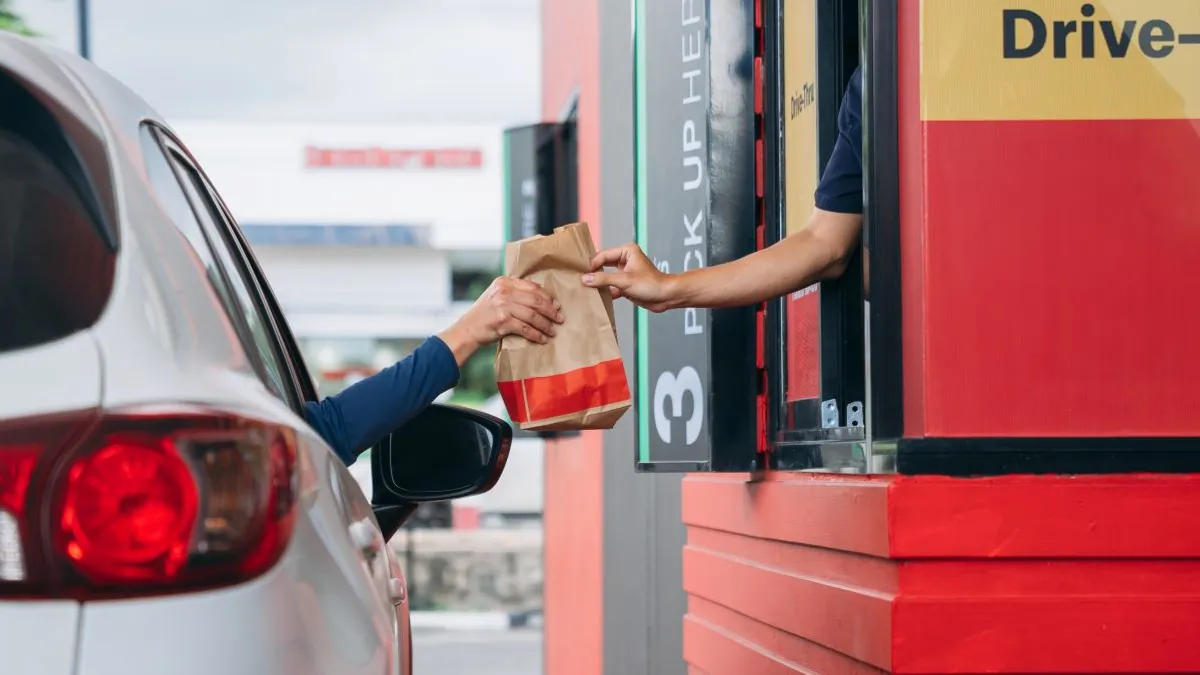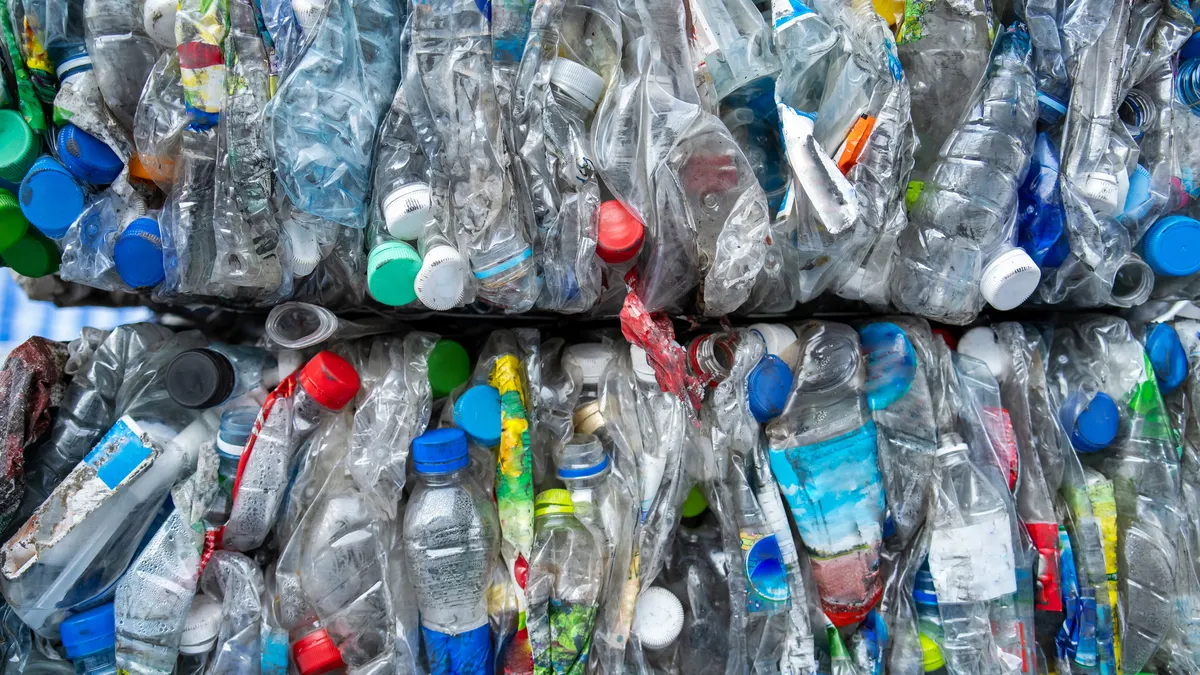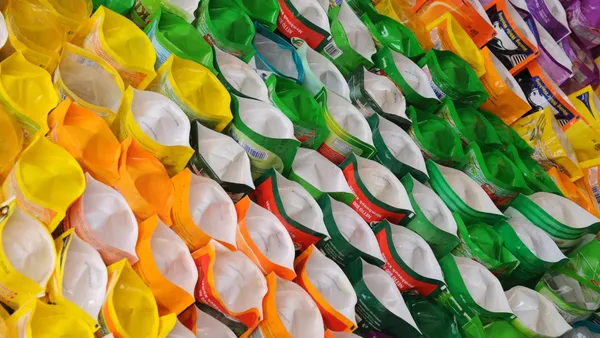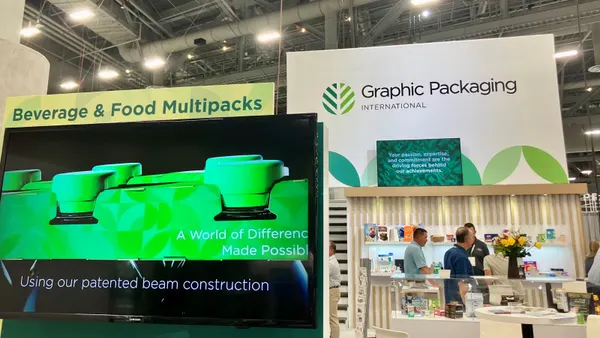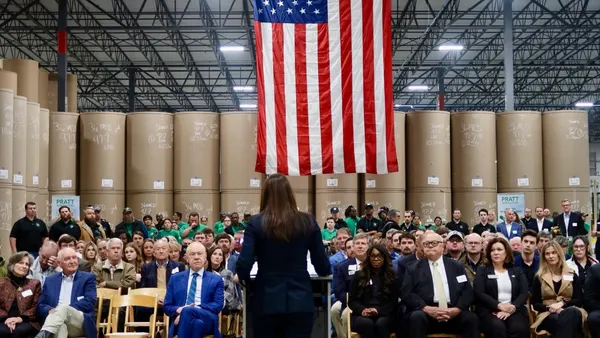- Results: The third quarter for O-I Glass saw overall sales volumes fall about 2% year over year. But trends improved over the course of the quarter, with shipments nearly flat year over year in September, executives discussed on an earnings call Wednesday. In the Americas, volumes were down 7%. “We believe underlying consumer consumption represented half of this decline, while specific factors drove the other half,” said CFO John Haudrich, naming inventory adjustments in beer as well as well as exiting some businesses as examples.
- End market demand: While beer and wine sales are declining due to softer consumer demand, O-I sees more sustainable avenues for growth. Challenges with alcohol trends and substrate competition “are expected to be offset by growing interest in premiumization and sustainability,” said CEO Gordon Hardie. “Furthermore, rising consumer health awareness is driving growth in no, low alcohol beverages as well as food and water.”
- Drags during Q3: Other factors impacting quarterly results include a major capital project commissioning in Europe, “inventory correction” in North America and Mexico beer “related to changes in U.S. trade and immigration policies,” and mix changes as O-I “exited some unprofitable business lines,” Haudrich explained. That was “consistent with our focus on increasing economic profit as well as the ongoing trend towards container lightweighting.”
- O-I’s cost savings program: O-I’s ongoing cost savings program through 2027, which the company calls Fit to Win, resulted in a $75 million benefit in Q3 and $220 million year to date. “With this momentum, we expect 2025 savings will range between $275 million and $300 million,” Hardie said. “So we are well on our way to at least $650 million of benefits by 2027 on a cumulative basis.”
- Network optimization: O-I said its network optimization is “moving quickly.” In one recently disclosed shutdown, O-I planned to end production at a glass bottle manufacturing facility in Portland, Oregon. O-I has completed about 8% worth of capacity reductions across its network, on the way to an announced target of 13%. All remaining actions should be completed by early next year, the company announced, with most of what’s left affecting sites in Europe.
- Competing with aluminum: O-I has previously said it needs to compete better with aluminum cans. The currently elevated cost of aluminum has upside for glass, executives said. “That has moved that cost differential, for example, in the U.S., which was between 25% and 30%, more into that zone where we believe that historically glass can compete well, which is 15% or lower premium to aluminum,” Haudrich explained. Hardie discussed O-I’s philosophy further. “We can't be reliant on the price of aluminum to be competitive to cans. We've got to find our own path there to 15% or less spread between cans and glass, which we are focused on,” he said. “But it does give us a bit of extra time if aluminum prices rise.”
- Outlook: O-I said that for the full year, it now expects pricing to be flat and sales volumes to be down 2%. Longer term, the company projects it can achieve 1% to 2% annual sales volume growth after 2027.

O-I Glass nears end of network cuts
The manufacturer has closed 8% of its capacity, on the way to a target of 13%. With beer and wine sales declining, O-I is eyeing a more sustainable future in non-alcoholic beverages and food.
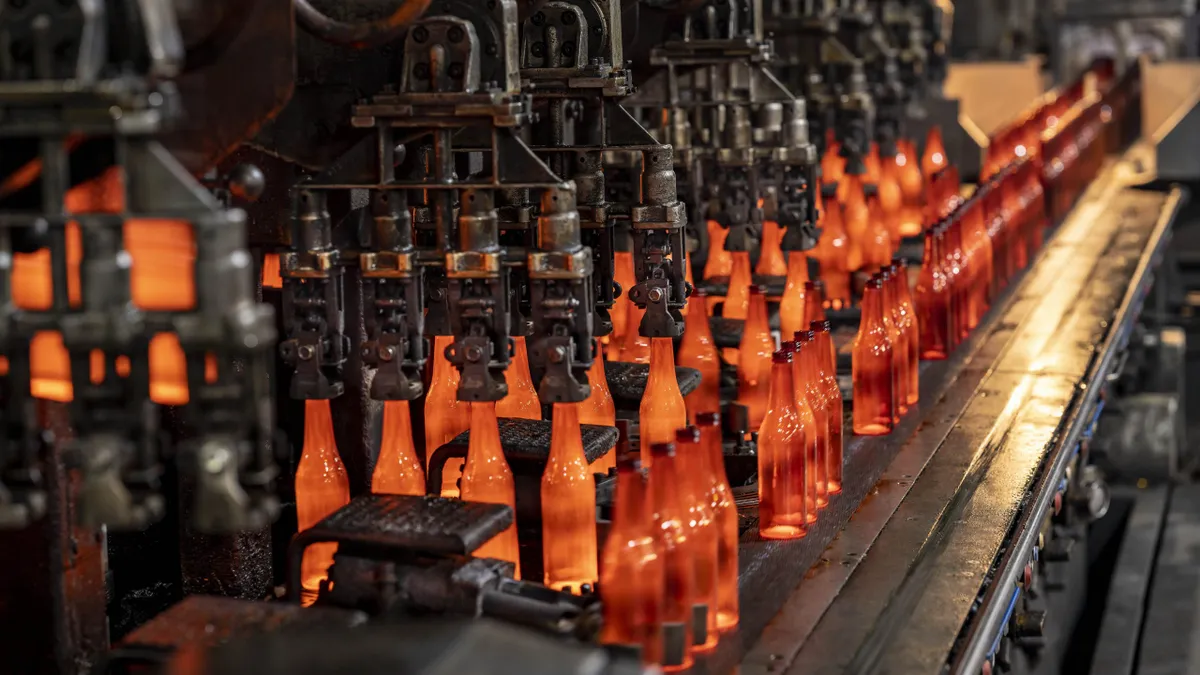
Recommended Reading
- O-I continues to cut costs, ends MAGMA production technology By Maria Rachal • July 30, 2025
- O-I, GPI decry federal funding walkback for glass decarbonization projects By Maria Rachal • June 9, 2025


